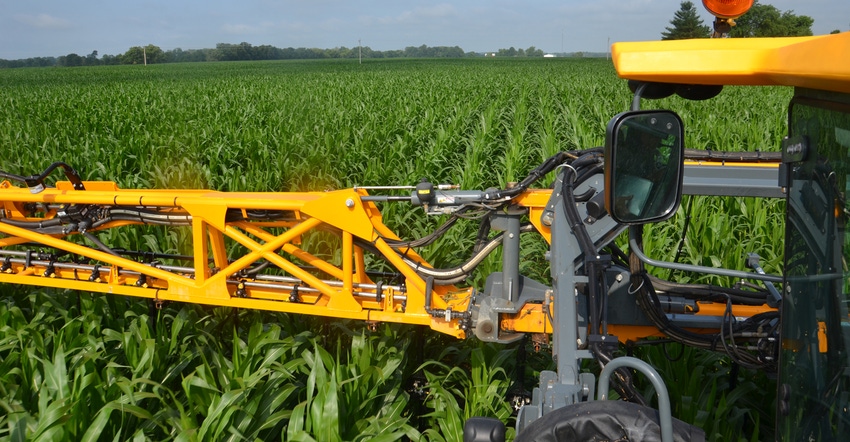
Precision farming means different things to different people. If you have a yield monitor in the combine and autosteer on your tractors, you may consider your operation as being deep into precision agriculture.
To Sean Arians and Travis Martin of Advanced Agrilytics, precision farming involves delving into analyzing each part of each field. Arians is regional business director and Martin is marketing communication manager for Advanced Agrilytics. Started by three people with agronomy backgrounds and farming experience in 2013, the company expanded in 2019. It helps farmers make decisions based on information derived from precision farming technology. Starting in Indiana, Illinois, Ohio and Kentucky, the company has expanded into Michigan, Iowa, Missouri and eastern Nebraska.
“Our goal is to assist in taking a deep dive into underlying environments that exist within spatial zones within a field,” Arians explains. “By using variable-rate technology, we help growers raise the productivity of areas within each field that aren’t performing as well.”
Here are some specific techniques used by Advanced Agrilytics:
Soil sampling. “Be consistent with time of year for sampling,” Arians says. “We prefer spring because we usually have a wider window.
“Our goal in sampling is to use the results to prepare [variable-rate] technologies for various applications. Our sampling area is typically 1.5 to 2.8 acres. A typical grid is laid out on 2.5 acres, but if we feel another sample is justified, we pull it.”
Variable-rate seeding. Varying seeding rate to match the environment is key, Arians says. One of the services Advanced Agrilytics provides is helping growers determine how to design variable seeding rates for corn and soybeans.
Variable-rate nitrogen. Not only can nitrogen rates be varied, but so can rates of nitrification inhibitors, Arians says. If it makes sense to vary an input based on the environment in one part of the field, they do it, he emphasizes.
Variable-rate fungicides. Advanced Agrilytics has worked with fungicide suppliers on variable-rate application of early-season fungicide. The idea is to apply fungicide to reduce the amount of fungus and spore production early in the season. Late-season, traditional applications from tasseling to R2 in corn are made at a flat rate across the field.
Hexgrid concept. The company can break 100 acres into as many as 7,000 “hexgrids,” which are perhaps 30-foot grids, to see if there are differences within a field, Arians says. The idea is to study things such as how water moves within the field in these small, invisible grids, and then see how they combine.
Populations and hybrids. Agronomists with the company can provide input into how to vary plant populations across the field, Martin says. For customers using multi-hybrid planters, it’s also possible to figure out where to best place each hybrid.
Year-end report. Advanced Agrilytics prepares what’s called an Agronomic Influence Analysis for each field. “Each area of the field is ranked, with 100 being the mean score,” Arians says. “It’s not uncommon to see scores from 60 to 140 within a field. We work to narrow the range.
“The challenge is using all of the data available to determine how to raise the score of the low-testing areas. We start by looking at soil fertility — including pH, nitrogen, phosphorus and potassium — and then work from there.”
For more information about Advanced Agrilytics, visit advancedagrilytics.com.
About the Author(s)
You May Also Like




